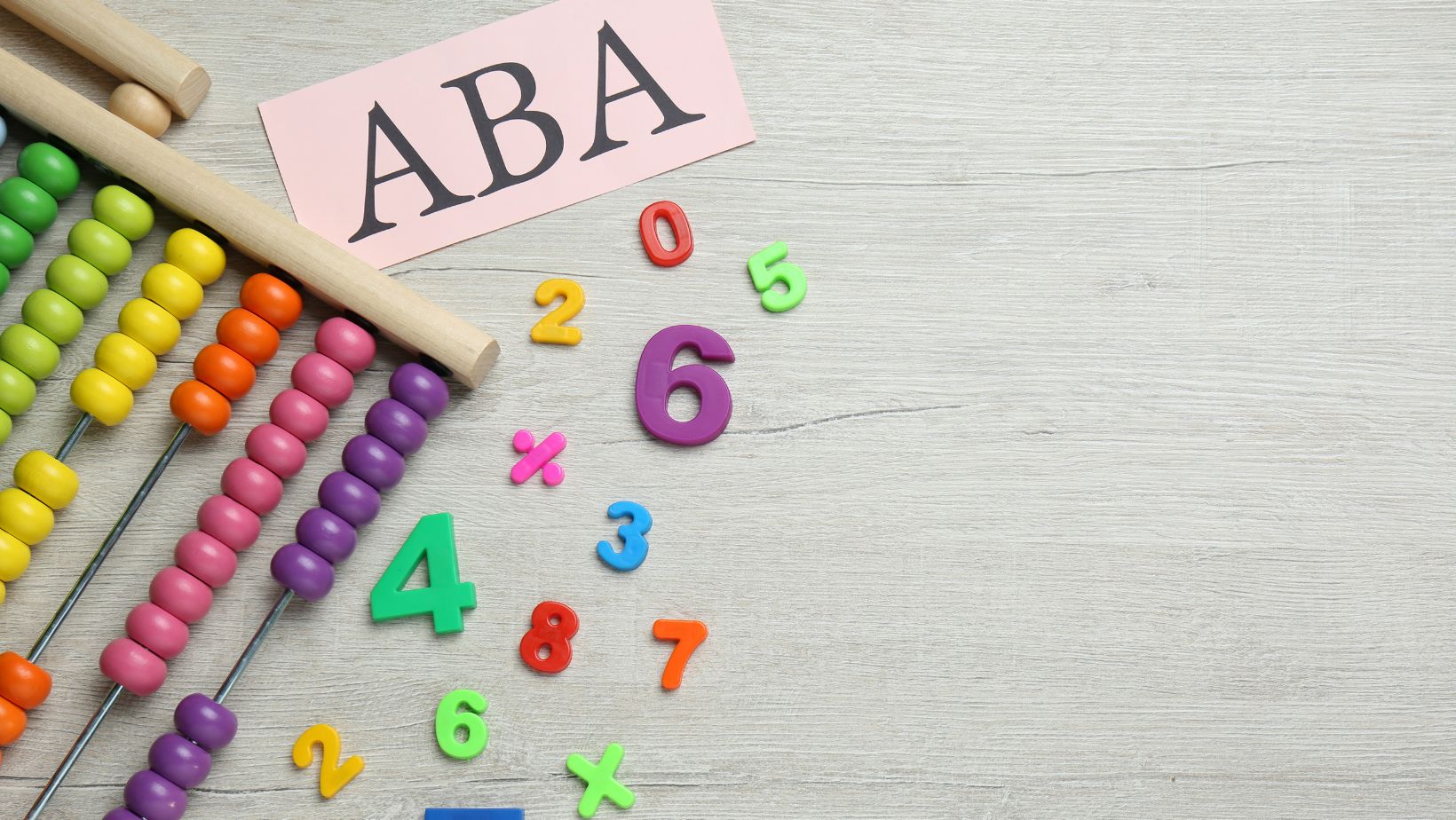Behavior is key to personal growth. This is true for people with autism and developmental disorders. Many families want to help their loved ones succeed.
ABA therapy techniques are gaining popularity due to their positive results. This therapy aims to change behavior through clear steps. It breaks tasks into smaller parts to make learning easier.
As more families learn about ABA therapy, they see how it can improve daily life. These techniques boost independence and confidence, helping individuals succeed at home and school.
Keep reading for helpful tips and insights!
Understanding ABA Therapy
Applied Behavior Analysis (ABA) uses behavioral principles to enhance important behaviors. It was originally created to help people with autism and is now used in schools and rehab programs.
A key part of ABA is reinforcement. It boosts good behaviors and reduces bad ones. This approach rewards good actions and seeks to mitigate undesirable behaviors.
Their technique often requires meticulous planning and data collection to monitor progress effectively.
Core Principles
At the heart of effective ABA therapy are key principles that guide interventions:
Reinforcement
Reinforcement encourages desired behaviors. For example, praising a child for completing homework makes them more excited for future tasks. This connection between effort and success helps them stay strong during challenges.
Clear expectations help children know what is required of them. Regular feedback guides their improvement.
When children realize that hard work leads to success, their confidence grows. Encouraging new activities boosts creativity, and celebrating small victories builds self-esteem.
Prompting
This process involves giving clear cues to help individuals respond in different situations. For example, a teacher might use hand signals or verbal reminders to guide a student.
Gradually reducing prompts is key to building independence. By slowly removing these cues, individuals learn to rely on themselves and respond confidently.
As prompts fade, they learn to act on their own. They improve their skills and become more proactive. Over time, this boosts their confidence and ability to face new challenges.
Data Collection
Tracking behavioral changes means closely watching how people act over time. By tracking specific behaviors, therapists and educators can find patterns. They can see what works and what doesn’t.
Collecting this data helps make smart decisions about how to support someone. For example, if a strategy isn’t helping a student improve, the data will show that clearly.
This information is important for adjusting how support is given. By regularly checking the data, caregivers can change their approach to better meet the person’s needs. This process ensures the support is effective, and it helps individuals improve their behavior and skills.
Generalization
Being able to use learned skills in different settings is very important. When individuals practice in various situations, they can apply what they have learned in new ways.
It helps them adapt and succeed in various places, like home, school, and the community. The more they practice, the more confident they become in using their skills wherever they go.
Common ABA Therapy Techniques Explained
Understanding ABA therapy techniques involves recognizing the various approaches used. Here are some commonly used methods:
Discrete Trial Training (DTT)
DTT is a method that divides skills into small, teachable units. Each unit has clear instructions, a learner’s response, and a consequence. It is either praise for correct answers or feedback for incorrect ones.

This technique is known for its effectiveness in teaching new skills, particularly in early learners.
Natural Environment Teaching (NET)
NET takes place in the learner’s surroundings. It offers chances to learn through real-life situations. This method fosters a more engaging way to learn. It lets skills be practiced in meaningful contexts.
Through NET, learners often show improved motivation and skills retention.
Task Analysis
Task analysis involves breaking down complex tasks into manageable steps. This method is particularly useful for teaching daily living skills or academic tasks.
By focusing on smaller parts, learners can master each step. This will lead to success in the more complex task.
Picture Exchange Communication System (PECS)
PECS stands for Picture Exchange Communication System. It teaches communication using pictures to show what they want or need. This helps improve their communication skills, especially for those who cannot speak.
This method has worked well for many people. By sharing pictures, people can express themselves better. It improves interactions at home and in school.
The Role of ABA Therapists
Parents and caregivers can use some ABA techniques at home. But trained professionals can make them more effective. Board Certified Behavior Analysts (BCBAs) have special training in ABA methods.
BCBA’s assess each person’s needs. They create customized plans and track progress. Their expertise ensures interventions fit, improving learning and behavior.
Setting Realistic Goals
When using ABA therapy, it’s important to set clear, measurable goals. Goals should be specific, achievable, and relevant to the individual’s life. For example, a goal might be to start conversations in group activities.
Regular monitoring and adjustments are needed as goals may change over time.
Benefits of the Therapy Techniques
The positive effects of this go beyond simple behavior changes. One major benefit is improved learning, as ABA uses strategies that are personalized for each individual.

Many techniques also improve social skills, leading to better relationships and communication. By focusing on daily living skills, learners become more independent and better at handling tasks on their own.
ABA therapy uses data to track progress, which helps caregivers see improvements. This method allows them to adjust their approach to ensure continued success.
Finding ABA Therapy Services
Families should find reliable ABA therapy services. They can search for local providers and read their reviews. This helps in choosing the best support.
Many organizations offer programs for different needs, including therapy and family support.
Embracing Effective Change
ABA therapy techniques help families improve the skills and behavior of those with autism. This approach also benefits those with other developmental disabilities. Customized strategies make it easier to see real improvements.
If you’re considering therapy, check ABA’s benefits with trained pros. They can help. Start your journey toward positive change and better skills today.
For more insights, check out our blog!



